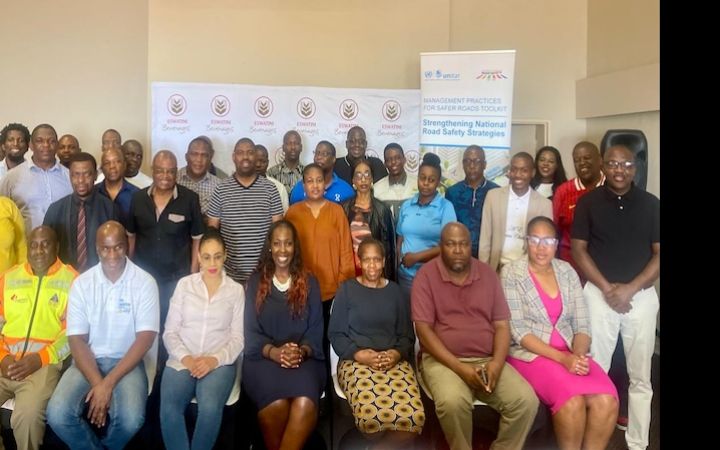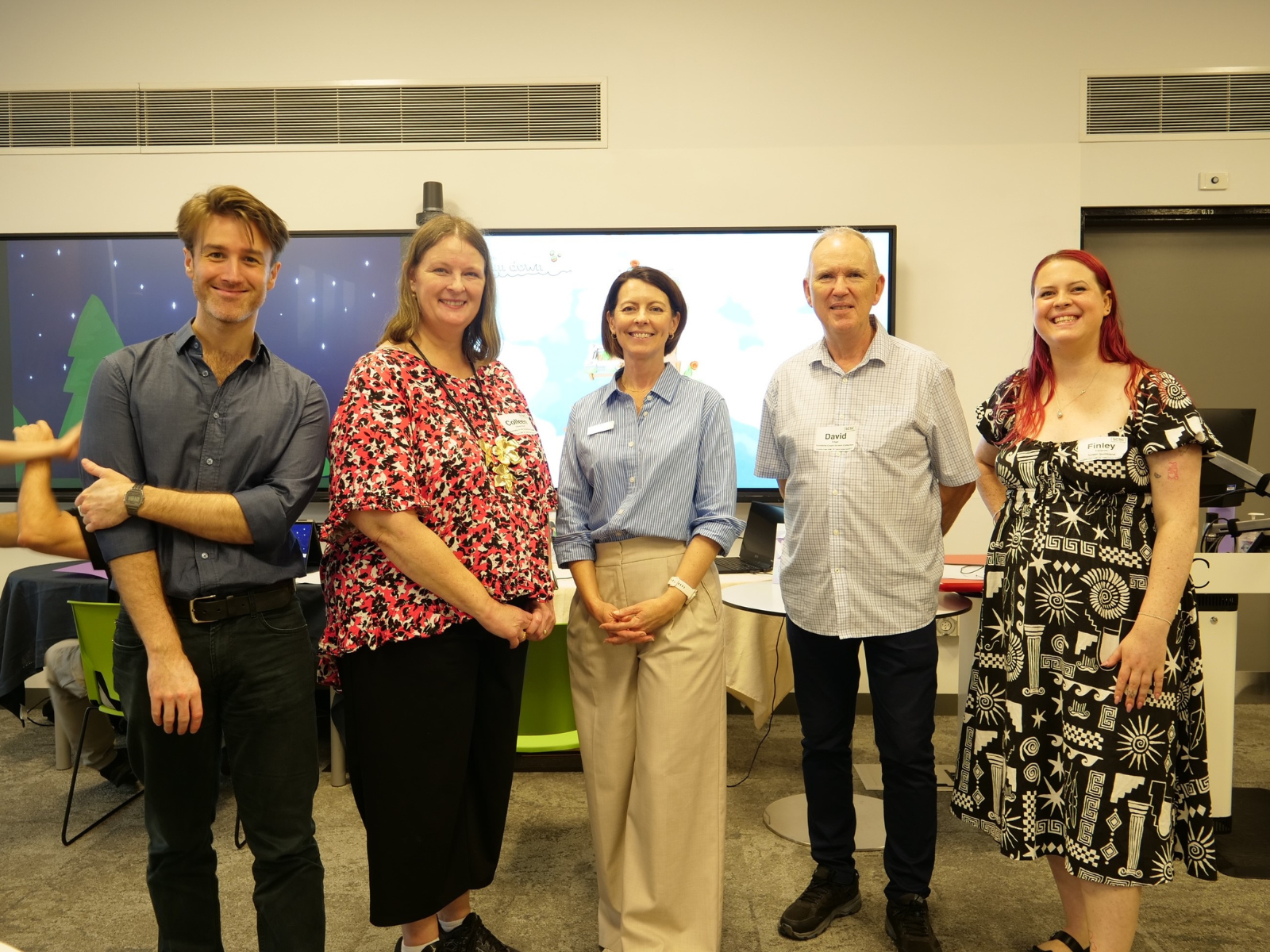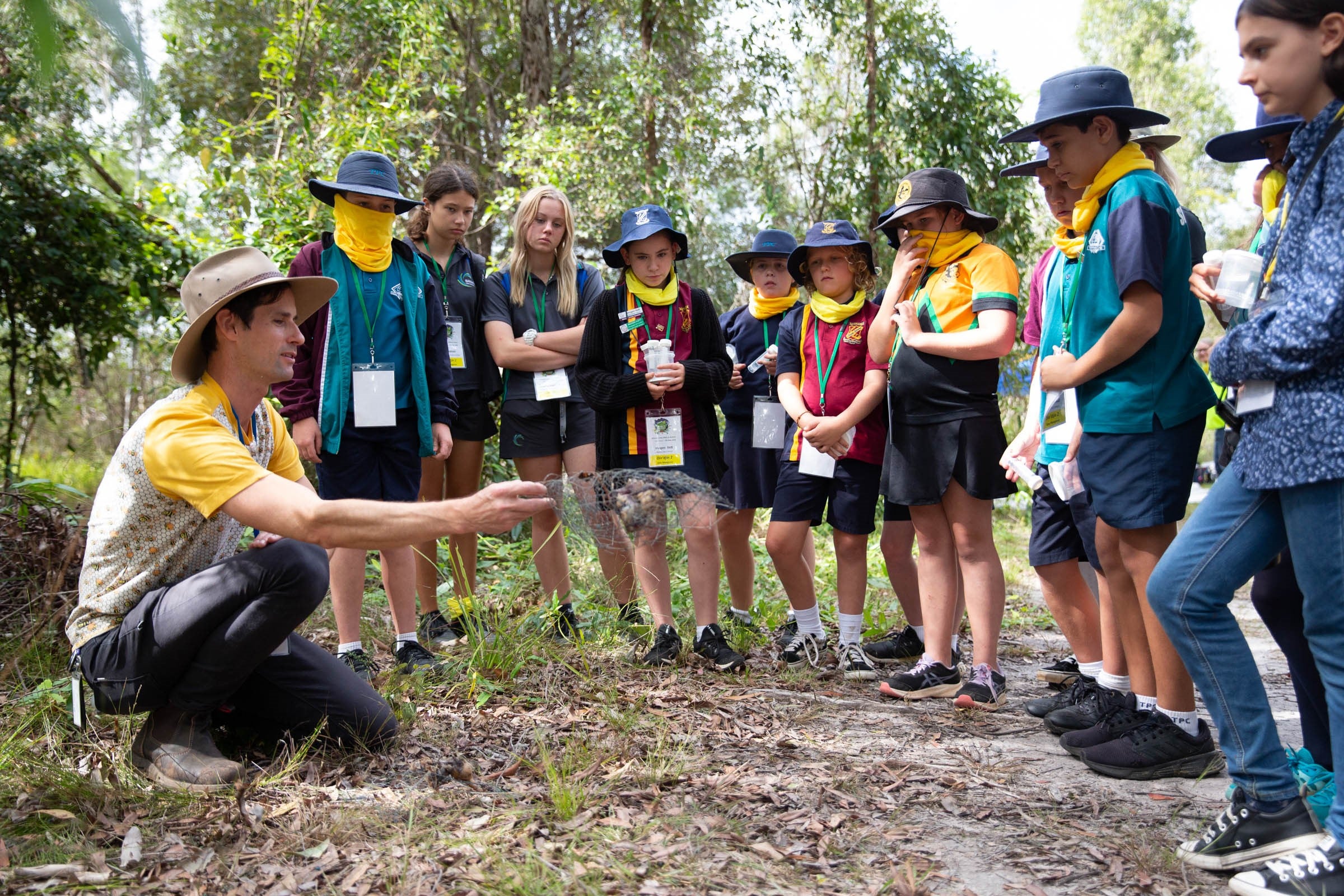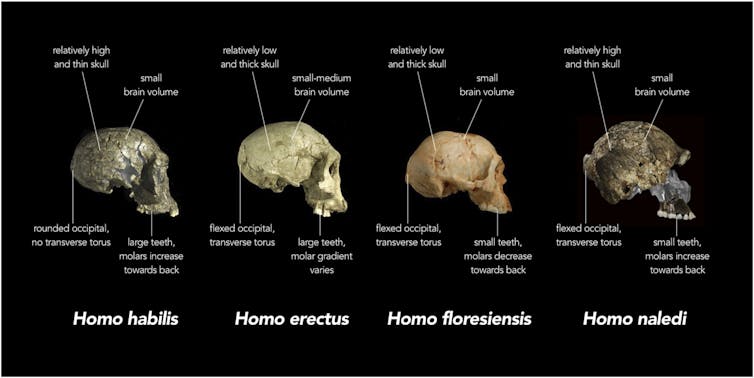Geelong | 16.03.2020
Geelong tech company Enterprise Monkey is helping businesses prepare for the Coronavirus (COVID19) pandemic and develop a remote working strategy to minimise business disruption.
Coronavirus is causing huge disruption businesses worldwide. Some businesses are forced to find alternate supply chains while other businesses are exploring remote working options to minimise the disruption.
Geelong-based tech company Enterprise Monkey has developed a 5-step Pandemic Business Continuity and Remote-work framework to help businesses prepare for the pandemic and minimise its impact. “We came up with this framework when we decided to implement work-from-home in our New Delhi and Dubai offices,” said Mr Aamir Qutub, CEO of Enterprise Monkey – web and app company originated in Victoria’s regional city Geelong that now has it’s presence in 4 countries. “Since then we have helped numerous Large and Small to Medium Enterprises prepare and implement the 5-step remote working plan” he added.
Enterprise Monkey is now sharing and teaching this framework for free via daily webinars and phone consultations. Mr Qutub said, “We have made this available for free for all businesses because we are all in this together and we need to help each other and fight it as a team.”
“We were inspired by Zoho’s initiative to provide its Remote suite for free,” he added referring to software company Zoho that has made its remote work collaboration toolkit Zoho Remotely for free. Google, Microsoft, Cisco and other software providers have announced similar free remote work software for businesses.
Mr Qutub said “The tools needed to enable work-from-home are available but businesses still need help establishing a framework and customising these tools to match their operational needs. We are making our small contribution by helping businesses identify, choose, customise, integrate, implement and train their teams on these tools”
The 5-step action plan starts by auditing and classifying current business activities according to their criticality and if they could be, might be or can’t be done remotely. The next step is to identify the gaps and develop a Pandemic Business Continuity and Remote Work plan. The plan is then implemented using identified cloud-based tools and training the staff on these systems.
Webinars and Free resources are available at








